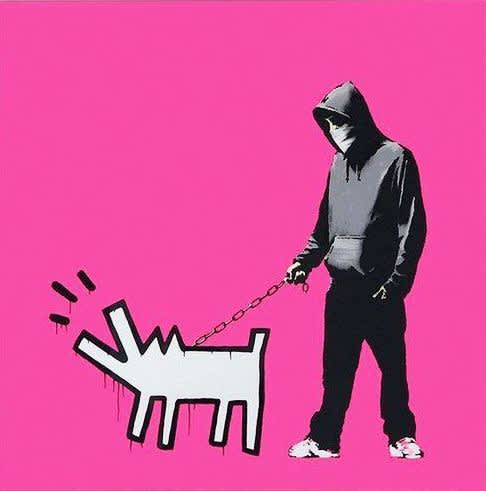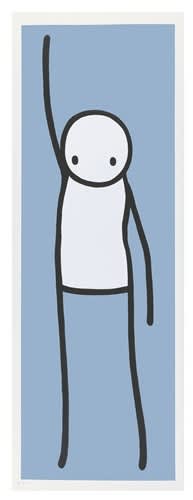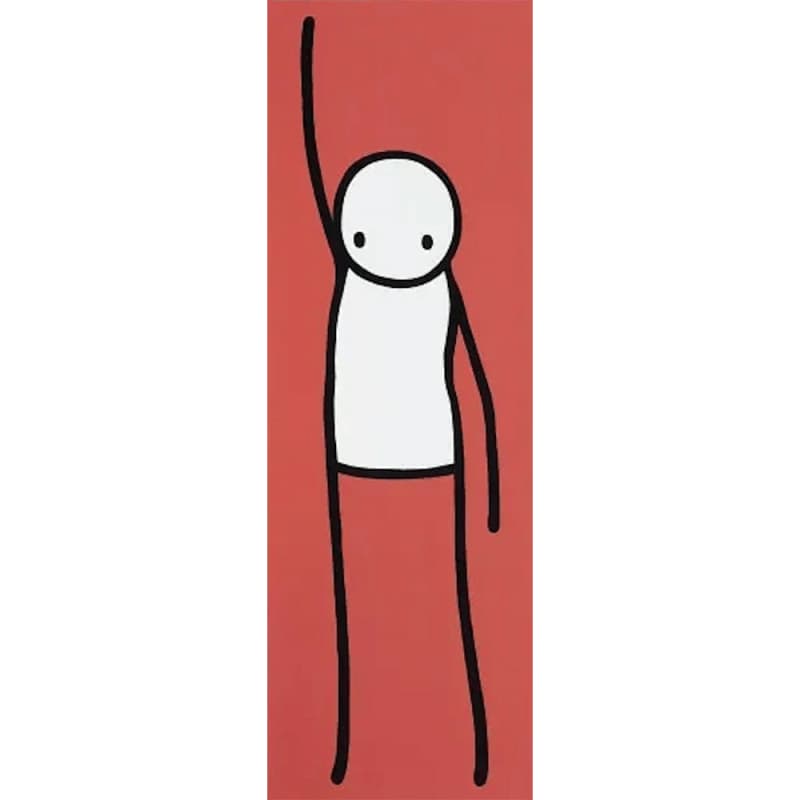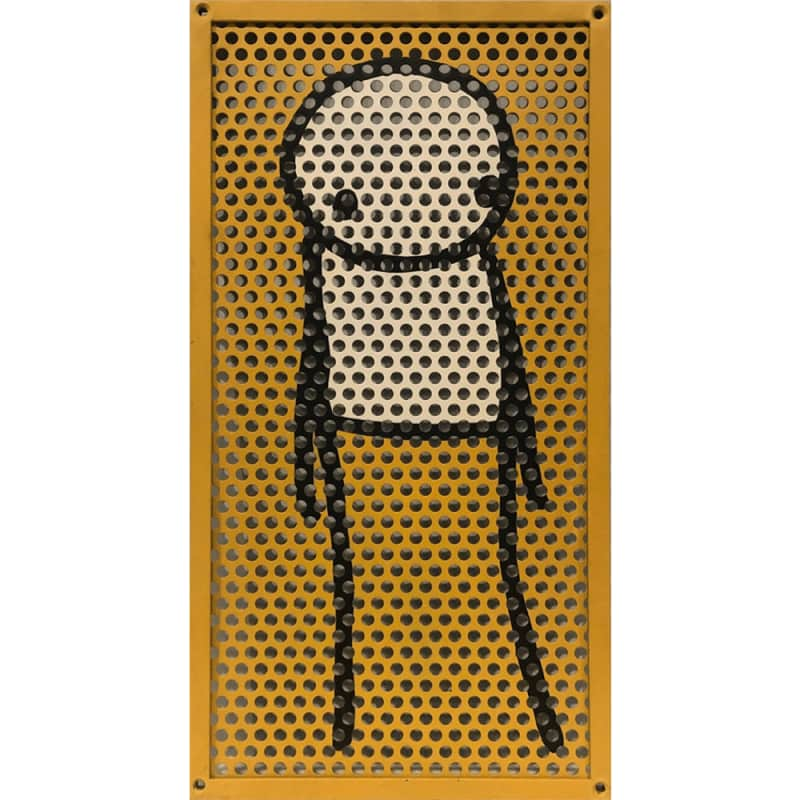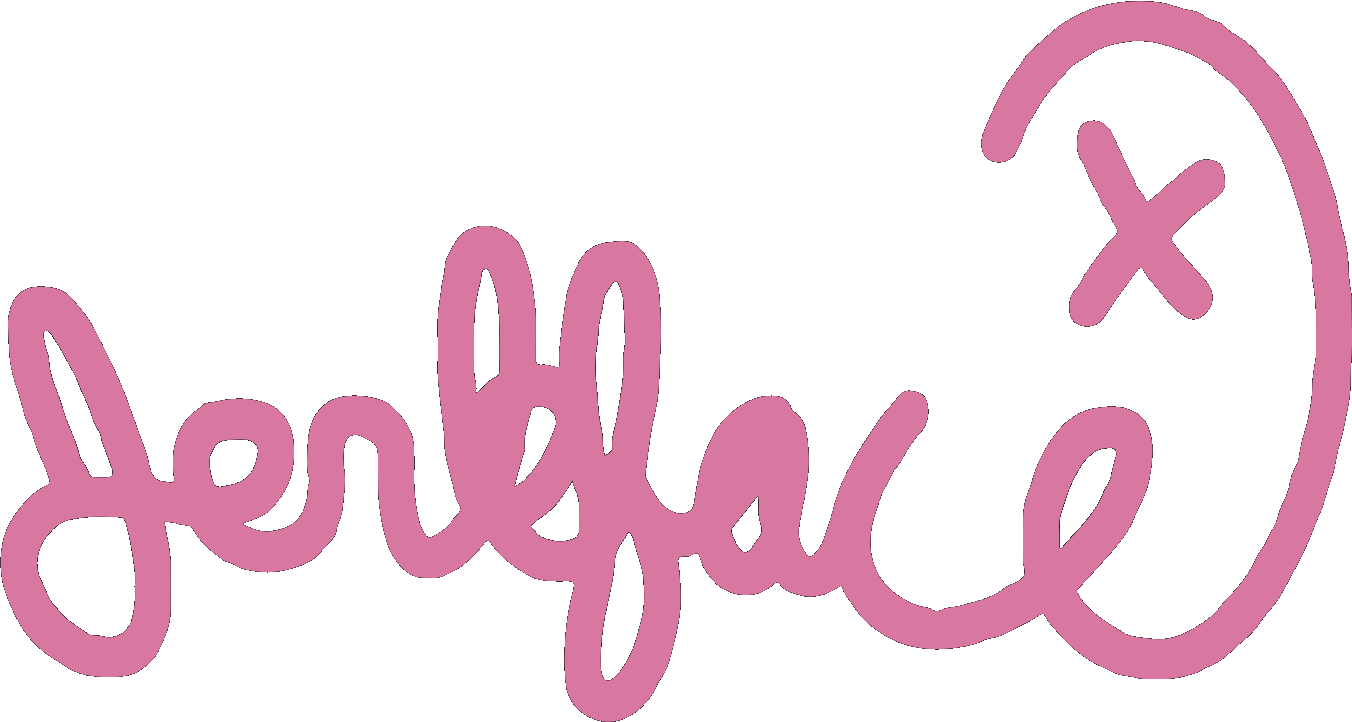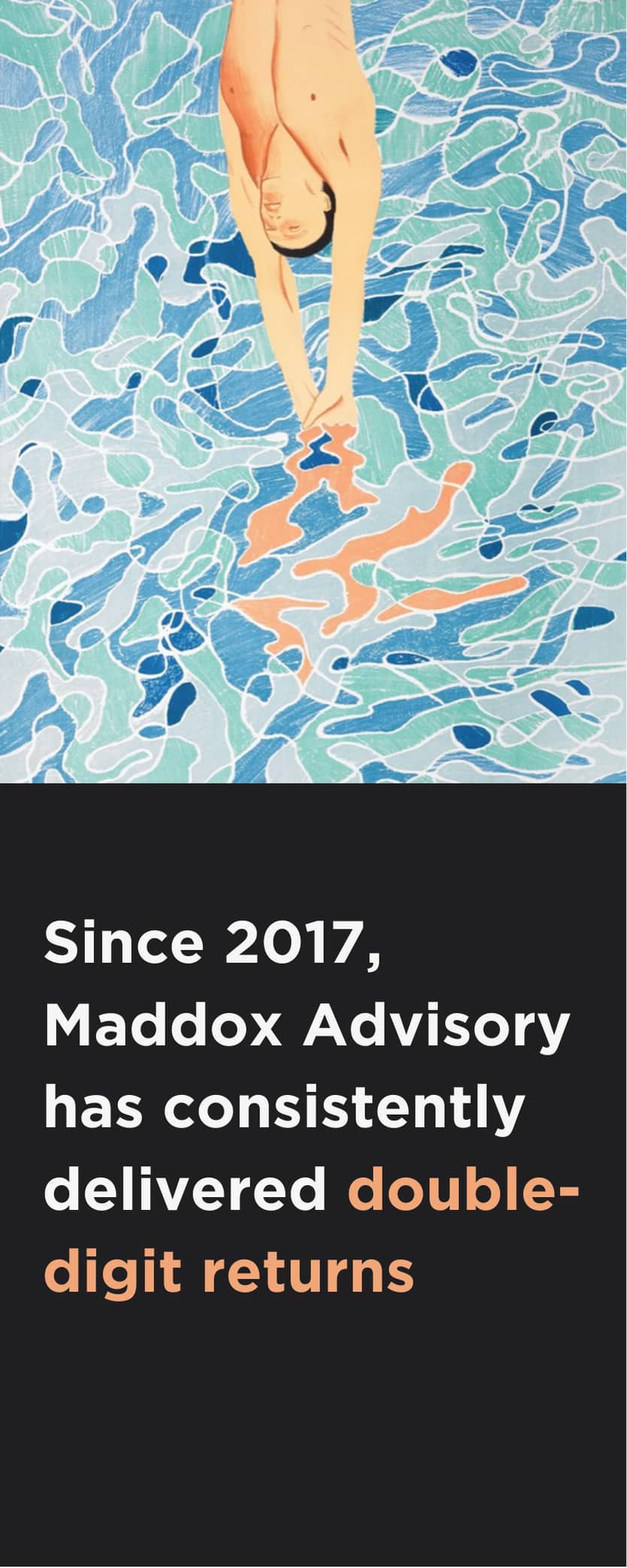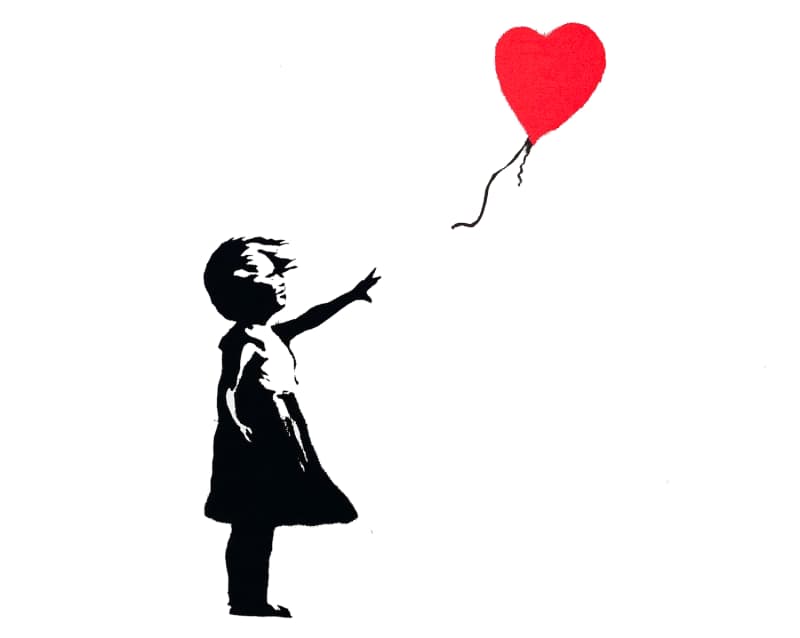Over the past 500 years, the relationship between art and its maker has become intertwined, with artists becoming just as, if not more important than the objects they make. However, there are also more successful anonymous artists than ever before. From Banksy to The Connor Brothers, how does opting for anonymity in art affect both an artist's market and their success?
Over the past 500 years, the relationship between art and its maker has become increasingly intertwined, with artists becoming, just as, if not more important than, the physical objects they make. With focus shifting from object to maker, an artist’s biography and background seems to have never been so relevant within the art world. However, occurring simultaneously to this rise in interpreting artwork through the creator’s own biography, more artists than ever before are operating anonymously and finding success.
From Banksy to STIK, there are a range of artists working anonymously across the globe, and that despite finding fame choose to keep their identity a secret. So, we ask, what are the reasons behind the decision to keep their identity a secret and how does this affect their both their market and their success?
BANKSY, CHOOSE YOUR WEAPON - MAGENTA, 2010
For legal protection
The most common reason for an artist’s anonymity is to protect them from being prosecuted, especially in the case of graffiti and street artists. As creating public artworks without permission is still classed as criminal damage, artists often need to protect themselves from persecution so will create artwork under the cover of night, or sometimes in Banksy’s case, hiding in plain sight.
In 2019, Banksy’s photographer and friend, Steve Lazarides, revealed a host of methods he and the anonymous artist would use to evade capture when creating murals. From dressing up in high visibility jackets and using traffic cones, to pretending to be painting for a film set, the duo uses a variety of different techniques to make sure that Banksy is not arrested or discovered as he creates his work.
Often when an artist moves from creating street art to making more commercially available urban art, they no longer protect their anonymity as their practice is no longer illegal. For example, although KAWS still uses his moniker for branding purposes, his true identity as Brian Donnelly is widely known and appreciated.
To amplify their message
It is not, however, for protection alone that all artists remain anonymous. For some creatives, the goal of their artwork is to incite social change and so they remove themselves from the narrative, amplifying the message in their work.
British graffiti artist STIK is an excellent example of this. Known for his genderless, raceless stick figures that have appeared across the globe, STIK’s murals are socially conscious, encouraging love and unity within the surrounding communities. By relinquishing authorship, and letting his artwork take the limelight, the social message behind his drawings shines through. Although his exact identity is unknown, the artist has revealed in the past that he has experienced a period of homelessness, adding a personal element to his work, without letting his personal narrative effect the wider reception of his art.
To let the artwork speak for itself
On his anonymity, New York street artist, Jerkface, notes that he has ‘always preferred to operate in the shadows’ and this policy has arguably aided the reception of his artwork.
As the subject matter of his work is incredibly nostalgic, with the artist featuring childhood characters like you have never seen them before, Jerkface’s anonymity allows viewers the complete freedom to interpret his artwork any way they wish. With no biography or known author to set limits on the viewers’ imagination, his artwork becomes instantly personable, evoking a sense of nostalgia and sentimentality, becoming embraced by all. 
To extend their art beyond the confines of a canvas
For other artists, however, anonymity does not necessarily come in the form of a moniker or pseudonym, rather a fake identity or persona. When The Connor Brothers first emerged on the scene 10 years ago, they presented themselves as Franklyn and Brendan Connor, a set of twins who had escaped the infamous and highly clandestine cult, ‘The Family’. Eighteen months later, following the artistic duo’s immediate success, they revealed themselves to be British art dealers James Golding and Mike Snelle.
Unlike many of their fellow anonymous artists, neither were motivated by legal protection or amplifying a social message, and instead revealed that their anonymity had started as a form of therapy. With both Snelle and Golding struggling with their mental health, the duo turned to art to help cope, reportedly using the guise of the two brothers initially as ‘a cloak to cover the shame’ they felt about their lives. With time, however, the pair became artistically confident, shedding their persona and embracing personal recognition.
Their legendary and mythical beginnings in the art world, as twins and ex-cult members, have since become a wider part of their practice, extending their interrogation of truth and fiction beyond the canvas and into the real world.
 CONNOR BROTHERS, I DON’T WANT TO GO TO HEAVEN NONE OF MY FRIENDS ARE THERE – RED, 2018
CONNOR BROTHERS, I DON’T WANT TO GO TO HEAVEN NONE OF MY FRIENDS ARE THERE – RED, 2018

